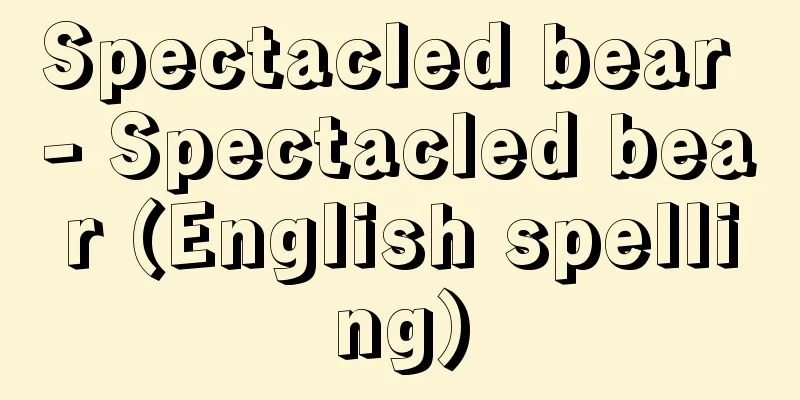Delambre, JBJ (English spelling) DelambreJBJ

|
…For example, the pioneering work of J. Priestley in England, the History of Science proposed by A. Comte in France, and the History of Inductive Sciences (1837) by W. Whewell in England are representative of such attempts. Of course, even before that, individual histories of science had been written for mathematics, astronomy, medicine, and other fields that had already been established as separate disciplines (for example, Leclerc's (1652-1728) History of Medicine (1696, 1723) and Delambre's (1749-1822) History of Ancient Astronomy (1817)). However, it was not until the middle of the 19th century, when science began to take shape as an idea, that the study of science history was finally born as an embodiment of that idea. At this stage, the definition of the concept of science was not given much importance. … From [Unit]… The main points of the plan were: (1) to determine the total length of the Earth's meridian by a new survey, and to choose 1/40,000,000 of that length as the unit of length, which we would call the meter, and (2) to consider the volume of a cube with sides that are 1/10 of a meter long, determine the mass of distilled water that would occupy this volume at the temperature at which ice melts, and choose this as the unit of mass, which we would call the grave (later the kilogram). The survey for (1) was carried out from Barcelona, Spain, just east of Paris to Dunkirk on the Dover coast, and the surveyors, JBJ Delambre and PF A Méchain, who were in charge of the survey, spent more than six years from 1792 to complete it, even though they were troubled by the turmoil of the revolutionary period. Meanwhile, experiments for (2) were started in 1892 by chemist AL Lavoisier and progressed steadily with the cooperation of crystallographer RJ Haüy, but were interrupted in 1894 when Lavoisier was executed. Two years later, they were resumed by L. Lefèvre-Gineau and JV Fabbroni, who agreed to use the mass unit "at the temperature at which the density of water is at its maximum" rather than "at the temperature at which ice melts," and to change the name from graves to kilograms, concluding in 1899. *Some of the terminology explanations that mention "Delambre, JBJ" are listed below. Source | Heibonsha World Encyclopedia 2nd Edition | Information |
|
…たとえば,イギリスのJ.プリーストリーの一連の先駆的な仕事,そしてフランスのA.コントが提案した〈科学の歴史histoire de la science〉や,イギリスのW.ヒューエルの著した《帰納科学の歴史》(1837)などが,そうした試みを代表する。もとよりそれ以前にも,すでに個別の学問として成立していた数学や,天文学,医学などに関しては,それぞれに,個別的な学問史が書かれたことがあった(たとえばルクレールD.Leclerc(1652‐1728)の《医学史》(1696,1723)やドランブルJ.Delambre(1749‐1822)の《古代天文学史》(1817)など)が,科学が一つの理念として成立しはじめる19世紀半ば近くになって,ようやく科学史という学問もその理念を体して誕生したといえよう。このような段階では,科学の概念規定は,あまり重要視されなかった。… 【単位】より… 構想の要点は,(1)地球子午線の全長を新たな測量によって確定し,その長さの1/40000000を長さの単位に選び,それをメートルと呼ぶこと,(2)メートルの1/10に相当する長さを1辺とする立方体の体積を考え,氷が融解する温度においてこの体積を占める蒸留水の質量を確定し,それを質量の単位に選び,グラーブ(のちにキログラム)と呼ぶことの二つであった。(1)のための測量は,スペインのバルセロナからパリの東をかすめてドーバー岸のダンケルクまでについて実行され,担当者ドランブルJ.B.J.DelambreとメシャンP.F.A.Méchainは,革命期の騒乱に悩まされながら1792年から6年余を費やしてこれを完遂した。一方,(2)のための実験は化学者A.L.ラボアジエを中心として92年に開始され,結晶学者アユイR.J.Haüyの協力下で着々と進められたが,ラボアジエが処刑された94年に中断され,2年後ルフェーブル・ジノーL.Lefèvre‐GineauとファブローニJ.V.Fabbroniの手で再開されて,〈氷が融解する温度において〉ではなく〈水の密度が極大となる温度において〉の質量を単位に選ぶことや,名称をグラーブからキログラムに改めることを承認して99年終結した。… ※「Delambre,J.B.J.」について言及している用語解説の一部を掲載しています。 出典|株式会社平凡社世界大百科事典 第2版について | 情報 |
<<: de La Mothe, JBMV (English spelling) deLaMotheJBMV
>>: de la Madrid, M. (English spelling) delaMadridM
Recommend
Qian Du - Sento (English spelling)
1764‐1845 A Chinese painter of the late Qing dynas...
cockpit karst
...Some reach heights of tens or hundreds of mete...
Thesium refractum
… [Ken Ogata]. . … *Some of the terminology that ...
Gastric phase - Isou
...A lack of intrinsic factor leads to impaired a...
petit jury
...In contrast, in countries with continental Eur...
Sommer, R.
... is a psychiatric term referring to mental dis...
Gennosuke Uemura - Uemura Gennosuke
...It is said that this was done to take advantag...
Wind erosion
...To prevent this, the Soil Conservation Service...
Catastrophe machine - Catastrophe machine
…Since the 1970s, EC Zeeman of England has applie...
Mononobe Tamekuni - Mononobe Tamekuni
Years of birth: unknown. An architectural carpente...
manacine
...The flowers are small but numerous, solitary o...
Shinetsu Main Line - Shinetsu Main Line
The name of the East Japan Railway Company (JR Ea...
Mysidae - Mysidae
…A general term for the family Mysidae and relate...
Anna Magnani
...This attitude of facing reality and focusing o...
Fortune teller - fortune teller
〘 noun 〙 = fortune teller ※ Taiheiki (late 14th ce...








![Tsuyazaki [town] - Tsuyazaki](/upload/images/67cc3dc5e9338.webp)
